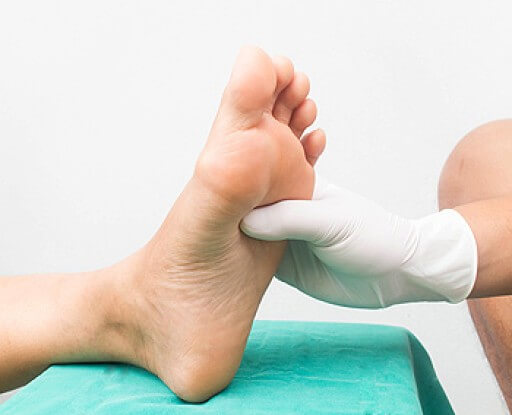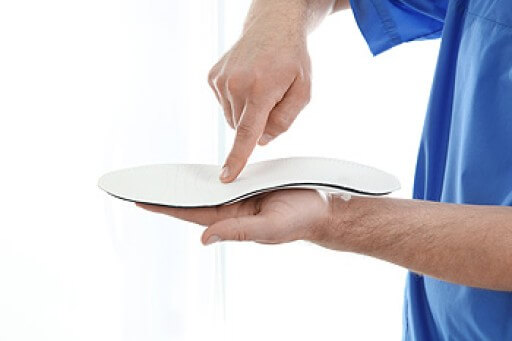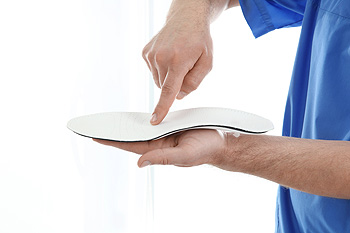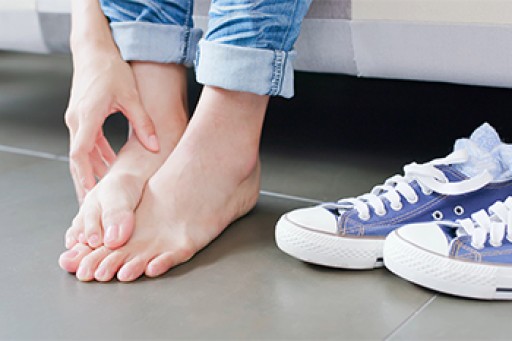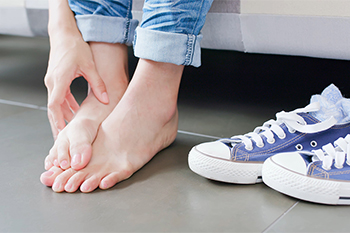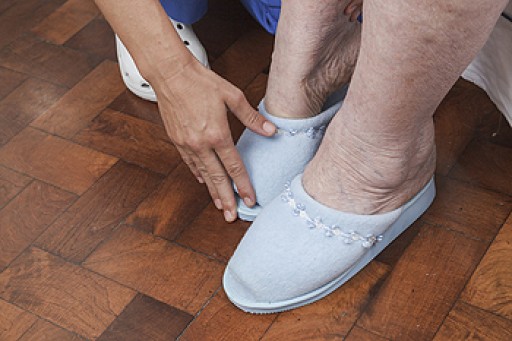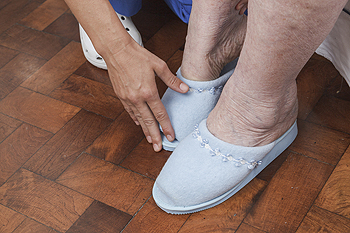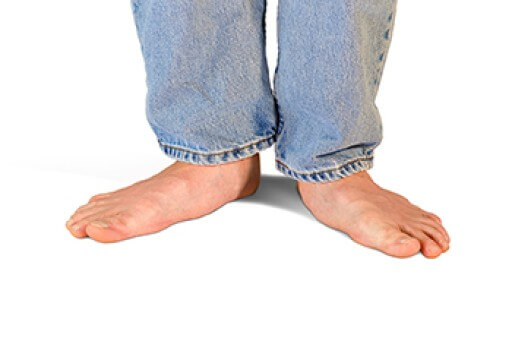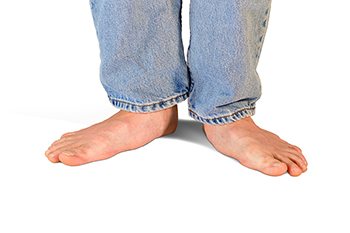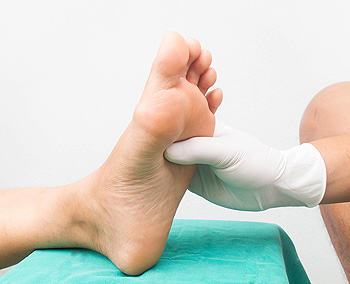
Good diabetic foot care is vital for preventing complications and maintaining overall health. Regular inspection of the feet is crucial, as diabetes can reduce sensation and make it difficult to notice injuries or changes. Feet should be washed daily with mild soap and water, and thoroughly dried, especially between the toes, to prevent fungal infections. Moisturizing the feet helps to prevent dryness and cracking, but should avoid the areas between the toes. Wearing properly fitted shoes is essential to prevent blisters and sores, and routine checks by a podiatrist can catch potential issues early. It is important to avoid walking barefoot to reduce the risk of injury. Additionally, managing blood sugar levels effectively contributes to better foot health. If you have diabetes, it is strongly suggested that you are under the care of a podiatrist who can routinely provide foot health checks, and help you to manage this condition.
Diabetic foot care is important in preventing foot ailments such as ulcers. If you are suffering from diabetes or have any other concerns about your feet, contact Scott Samera, DPM from Samera / Foot + Ankle. Our doctor can provide the care you need to keep you pain-free and on your feet.
Diabetic Foot Care
Diabetes affects millions of people every year. The condition can damage blood vessels in many parts of the body, especially the feet. Because of this, taking care of your feet is essential if you have diabetes, and having a podiatrist help monitor your foot health is highly recommended.
The Importance of Caring for Your Feet
- Routinely inspect your feet for bruises or sores.
- Wear socks that fit your feet comfortably.
- Wear comfortable shoes that provide adequate support.
Patients with diabetes should have their doctor monitor their blood levels, as blood sugar levels play such a huge role in diabetic care. Monitoring these levels on a regular basis is highly advised.
It is always best to inform your healthcare professional of any concerns you may have regarding your feet, especially for diabetic patients. Early treatment and routine foot examinations are keys to maintaining proper health, especially because severe complications can arise if proper treatment is not applied.
If you have any questions please feel free to contact our office located in Lake City and Branford, FL . We offer the newest diagnostic and treatment technologies for all your foot and ankle needs.
